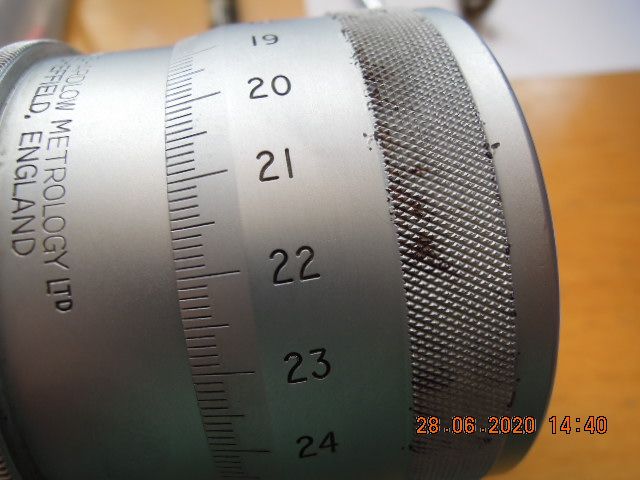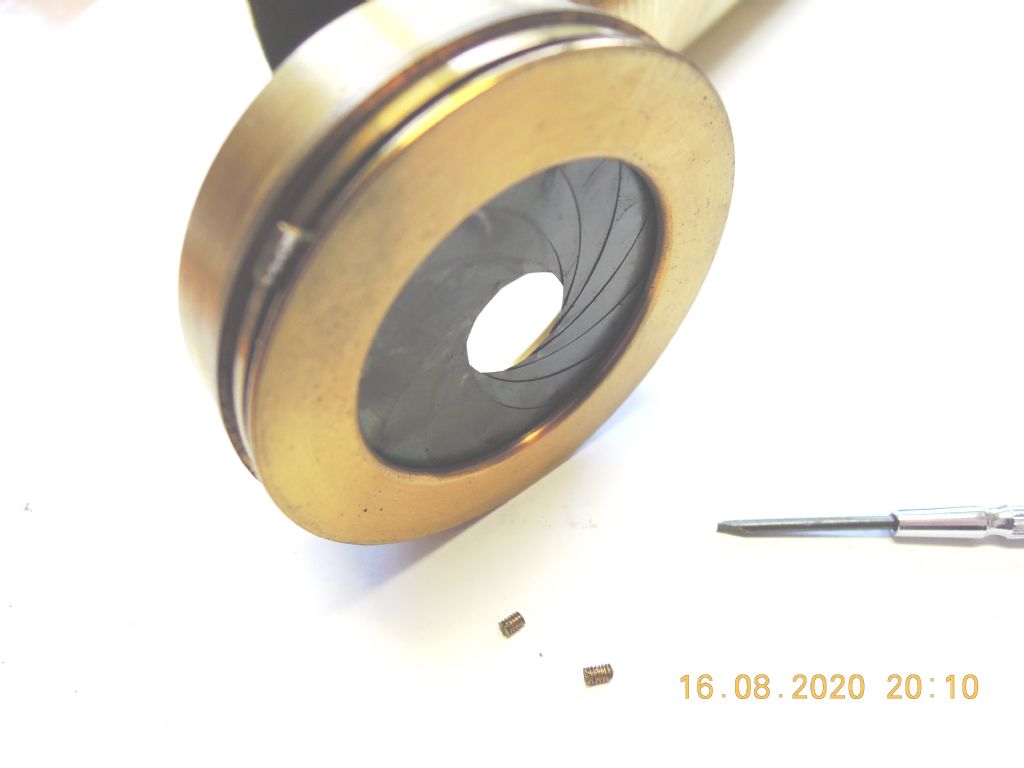Very nice! You might improve the satin-chromed knurling with a small wire brush or a glass-fibre brush, but, short of having it re-chromed (after removing the corrosion and making it beautiful), I think that's the best you'll do. I wouldn't want to change the surface appearance of the table by scraping or engine turning. Also, attacking it with a powered wire brush or surface-conditioning wheel (Scotchbrite, etc.) runs the risk of rounding-over crisp corners and edges. Perhaps that shows my lack of skill, however.
You can achieve a good visual approximation of surface grinding by the use of abrasive paper or film, supported on a surface plate. Keep the strokes short and strictly linear – use a guide of some sort. IIRC, Barry Jordan did that to model surface-ground surfaces on his wonderful miniature machine tools. Also, see Robin Renzetti's video:
**LINK**
If you're not familiar with Robin Renzetti's work, you can spend many useful, instructive and jaw-dropping hours on his YouTube and Instagram videos.
pgk pgk.







